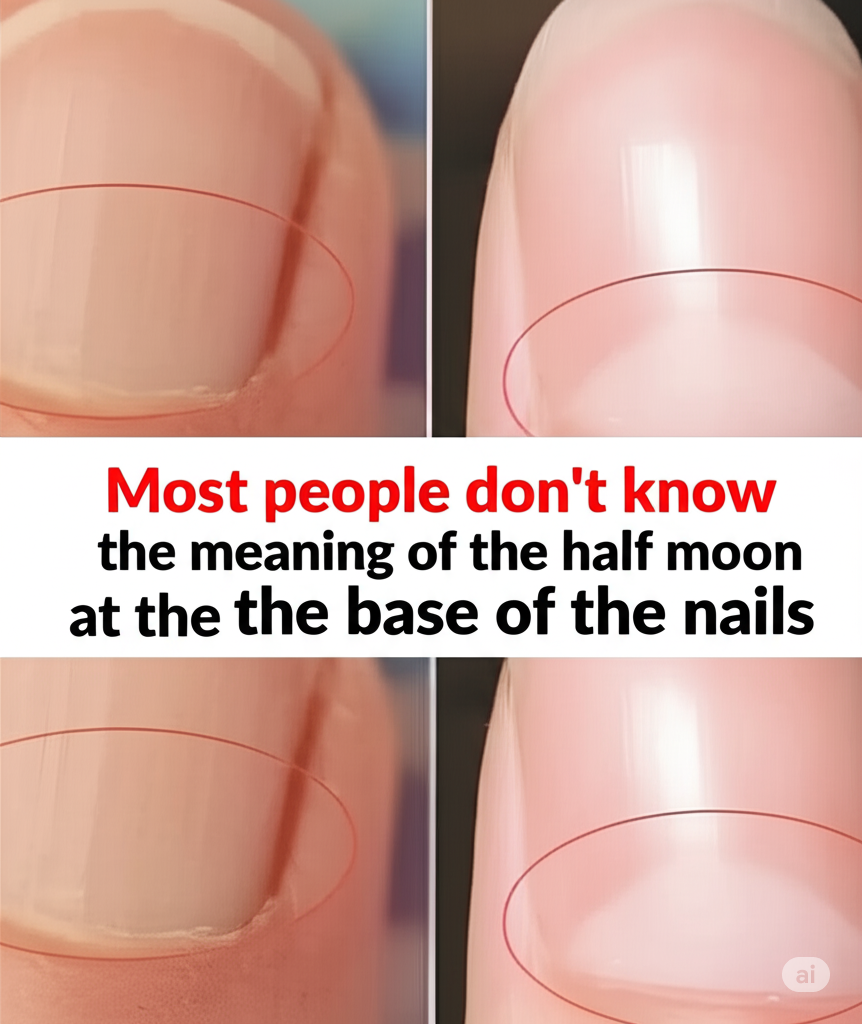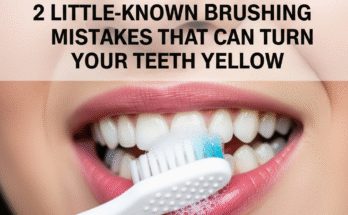
That tiny white crescent at the base of your nail—the lunula—is something most of us hardly notice. Yet, it often sparks curiosity. Could it be a window into your health? And should you be worried if it fades, changes color, or disappears? The truth lies in paying attention to subtle patterns rather than isolated changes.
What Exactly Is the Lunula?
The word lunula comes from Latin, meaning “little moon.” It’s simply the visible part of the nail matrix—the area where your nail grows. Its pale shade comes from the lack of visible blood vessels underneath, making it stand out from the pinkish nail bed.
Some people have a very prominent lunula, especially on their thumbs. Others may have faint or even invisible crescents. Both are usually normal, influenced by age, genetics, skin tone, and even lighting. Children and older adults often have less visible lunulae, which isn’t a cause for concern.
So, should you worry if yours is faint? Usually, no. What matters most is watching for changes over time, not just a single snapshot.
When Changes May Matter
While lunula variations are common, certain shifts may be worth noting—especially if paired with other symptoms.
Enlarged Lunula
A lunula that takes up more than one-third of the nail may be linked to:
- Hyperthyroidism
- High blood pressure
- Cardiovascular strain
This is only significant if it affects multiple nails consistently.
Disappearing Lunula
If your lunula fades away completely, it could suggest:
- Chronic fatigue
- Iron deficiency
- Vitamin B12 deficiency
Again, one missing lunula isn’t alarming. Look for patterns across several nails.
Color Changes
Shifts in color can sometimes reflect deeper issues:
- Blue, gray, or purple: poor oxygen circulation or medication side effects
- Red or blotchy: possible infection or vascular condition
Keep in mind that temperature, cold hands, or lighting can temporarily alter the look. If the color persists, it’s best to see a doctor.
What Your Nails Say About Lifestyle
Your nails—like your skin and hair—mirror your overall health. A healthy lunula is often linked with:
- A nutrient-rich diet (protein, iron, zinc, B vitamins)
- Balanced hormones
- Lower stress levels
By contrast, fading lunulae may be linked to:
- Restrictive or unbalanced diets
- Chronic stress or burnout
- Hormonal changes (menopause, postpartum, chemotherapy)
When to See a Doctor
You should consult a healthcare provider if your lunula:
- Changes color suddenly
- Disappears from several nails at once
- Looks deformed or irregular
Especially if this comes with:
- Persistent fatigue
- Brittle nails
- Pale skin
- Shortness of breath
Often, a simple blood test can reveal whether there’s an underlying deficiency or condition. Those with thyroid issues, diabetes, or heart problems may benefit from keeping an eye on nail changes.
Final Takeaway
The lunula rarely changes overnight. Observe it over weeks in natural light before drawing conclusions. Most of the time, it’s just a natural variation and nothing to fear. But if you notice sudden, consistent changes—especially with other symptoms—it’s wise to get a professional checkup.


